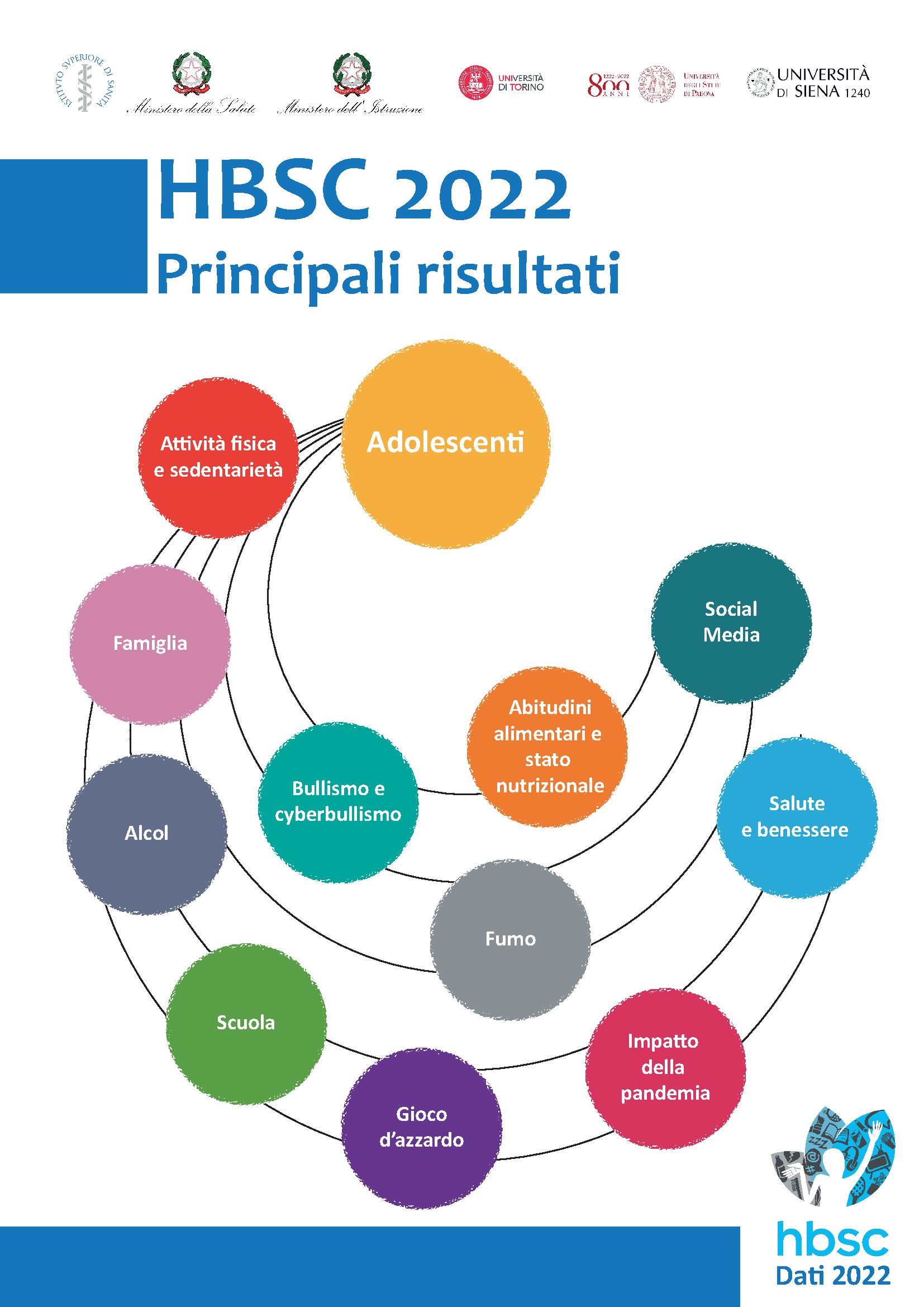New data from the HBSC (Health Behaviour in School-aged Children) study conducted by the Italian National Institute of Health reveals both positive and negative impacts of the COVID-19 pandemic on Italian adolescents. While one in two young people reported improved family relationships, two in five admitted to experiencing adverse effects on mental health.
Declining health and wellness perception
The study shows that since 2017/18, fewer boys consider themselves in good health, with perceptions of good health decreasing as age increases. Girls, in particular, have lower self-reported health scores than boys from age 11 onwards. Mental health concerns are also rising, with girls experiencing more symptoms than their male counterparts.
Worrying trends in nutrition and weight status
An increasing number of adolescents are overweight or obese, with higher rates in boys and those living in southern regions. Alarmingly, the habit of skipping breakfast persists, and daily fruit and vegetable consumption is well below the recommended levels.
Physical activity and sedentariness
According to the results, Italian adolescents are far from meeting WHO’s recommendations for daily physical activity. Less than one in ten adolescents engage in the recommended 60 minutes of moderate-intense motor activity daily. Time spent on social media and screen-based activities is also increasing, further contributing to a sedentary lifestyle.
Substance use and gambling
Trends show that smoking and cannabis use increase with age. The proportion of 15-year-old girls who smoke is higher than their male peers. Alcohol abuse has also increased among 15-year-old girls. Gambling remains a predominantly male activity, with a higher percentage of boys reporting gambling at least once.
School, Bullying, and Relationships
Most adolescents reported disliking school, with only a small percentage claiming to enjoy it. Bullying and cyberbullying remain persistent issues, with similar rates across different age groups. Positive relationships with peers and family provide crucial support for adolescents.
Problematic social media use and sexual health
An increase in problematic social media use was observed, particularly among girls. This trend can negatively affect the physical and psychological well-being of young people. The study found that 20% of 15-year-olds reported having engaged in full sexual intercourse, with condom usage being the most common contraceptive method.
The impact of COVID-19 on Italian adolescents
The 2021/22 HBSC survey introduced a new section examining the impact of the COVID-19 pandemic on various aspects of adolescents’ lives, their primary sources of information related to the virus, and the protective measures they took. The study assessed the influence of pandemic-related restrictions on young people, including lockdowns, school closures, remote learning, and closure of gyms, pools, and sports centres.
Data showed a positive effect on boys’ and girls’ relationships with their families and school performance, with 54% of adolescents reporting improved family relationships and 42% reporting better school performance. However, 41% believed their mental health suffered, and 37% reported a negative impact on their overall life satisfaction. The positive effect on family relationships decreased with age, while the negative impact on mental health, predominantly among females, increased with age.
The primary sources of information about the pandemic were newspapers and television (55%), family (47%), and social media (47%). As for preventive hygiene measures, 87% of respondents frequently or always wore face masks, and 73% regularly washed their hands. Social distancing measures included staying home when experiencing symptoms (75%) and avoiding risky contacts (66%). Adherence to prevention measures generally decreased as age increased, except for avoiding at-risk contacts.
Inclusion of 17-year-olds in the survey
For the first time, the 2021/22 HBSC survey included 17-year-old boys and girls. This age group was added because of its distinct differences in relational and cognitive skills and body development compared to 11-, 13-, and 15-year-olds.
Overweight prevalence in 17-year-olds was 19.3%, with higher rates among boys. Around half of the 17-year-olds in the sample reported eating breakfast every day, with slightly lower values for girls. Girls reported higher daily fruit and vegetable consumption than boys.
Among the older age group, daily physical activity was notably higher in boys, while girls spent more time in front of screens. Smoking in the past 30 days was reported by about one in three boys and two in five girls. Alcohol consumption showed less marked gender differences. Around 83% of girls and 78% of boys reported never having smoked cannabis in the past 30 days. The perception of excellent or good health was higher among boys than girls.
Approximately 39.3% of 17-year-olds had gambled at least once, with significant gender differences (57.6% of boys vs. 20.2% of girls). In terms of sexual behaviours among the older sample in the survey, 43% reported having engaged in full sexual intercourse. Among those, 61% reported using condoms, 15.9% used the pill, and 57% relied on the withdrawal method as contraception methods. Nine per cent reported using emergency contraception.
In conclusion, the data from the HBSC study paints a complex picture of Italian adolescents post-pandemic. While some positive aspects emerged, such as improved family relationships, many concerns remain around mental health, nutrition, and physical activity. These findings highlight the importance of targeted interventions to support the well-being of young people in Italy.
Download the report (Italian)
